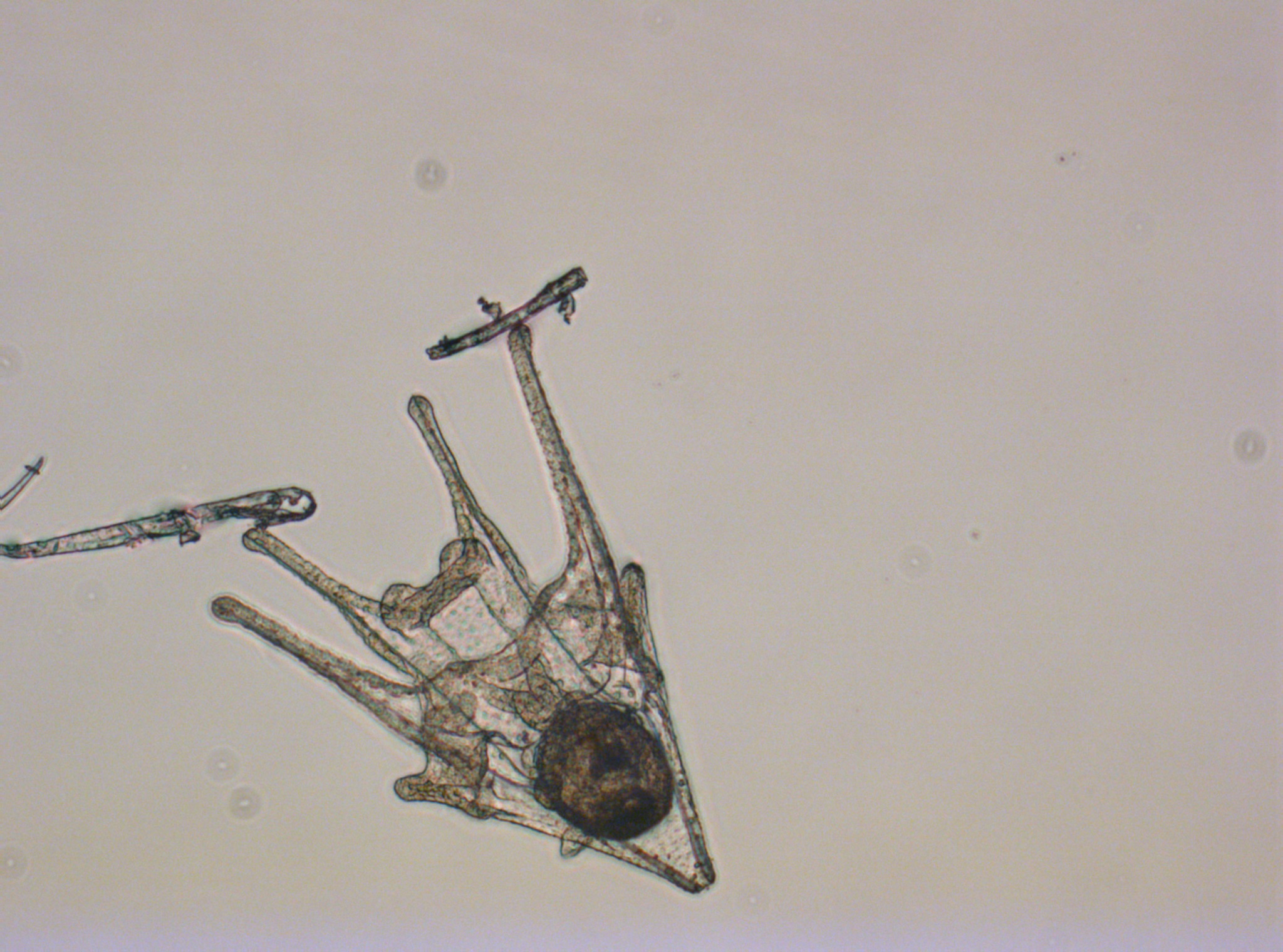Optimising stocking density for the commercial cultivation of sea urchin
larvae
Suckling CC, Terrey D, Davies AJ
Increased pressure on wild stocks of sea urchins had led to a requirement for aquaculture based production. However, effective and efficient methodologies still remain under development. The effects of stocking density on Psammechinus miliaris and Paracentrotus lividus were investigated in order to evaluate optimum stocking densities for large scale production. Larvae were reared at stocking densities of 1, 2, 3 and 4 larvae mL−1 and the effects on survival, development, abnormality and morphology were recorded. Additional cultures were maintained at a high density of 3 larvae mL−1 and then displaced to a lower density of 1 larvae mL−1 part way through the larval life cycle (‘displacement treatment’; day 13), to evaluate whether negative effects of high stocking densities could be mitigated. Responses from each species differed. P. miliaris demonstrated the highest growth at 1 larvae mL−1, resulting in larger larval and rudiment sizes by the end of the experiment (day 16). Rearing at 2 larvae mL−1 also demonstrated good growth performance, but only up to day 12. Higher densities of 3 and 4 larvae mL−1 did not affect survival or development, but significantly negatively impacted growth. There was no significant impact on survival, development, and morphology at any of the tested stocking densities for P. lividus. However, of note is that P. lividus reared at a high density of 4 larvae mL−1 had 25% lower survival than controls by the end of the experimental period (day 16). Displacement (larvae transferred from 3 to 1 larvae mL−1 on day 13) was effective for both P. miliaris and P. lividus with survival and rudiment sizes similar to larvae stocked continuously at low densities of 1 larvae mL−1. Although, P. lividus generally performed well at high densities, this demonstrates that displacement approaches could be possible for this species if required. However, of note is that displaced P. lividus had 30% lower survival than controls by the end of the experimental period (day 16). Therefore, this cultivation approach may be a generally viable option for large scale cultivation of these species. This study highlights that species responses can be different when reared at differing stocking densities highlighting a need to expand this approach to a wider range of marketable species. It also demonstrates that more efficient means of production (e.g. displacing larval densities part way through the production process) might be possible for some species (e.g. P. miliaris).
Full Citation
Suckling CC, Terrey D, Davies AJ (2018) Optimising stocking density for the commercial cultivation of sea urchin larvae, Aquaculture, 408: 96-104 DOI: 10.1016/j.aquaculture.2018.01.022


